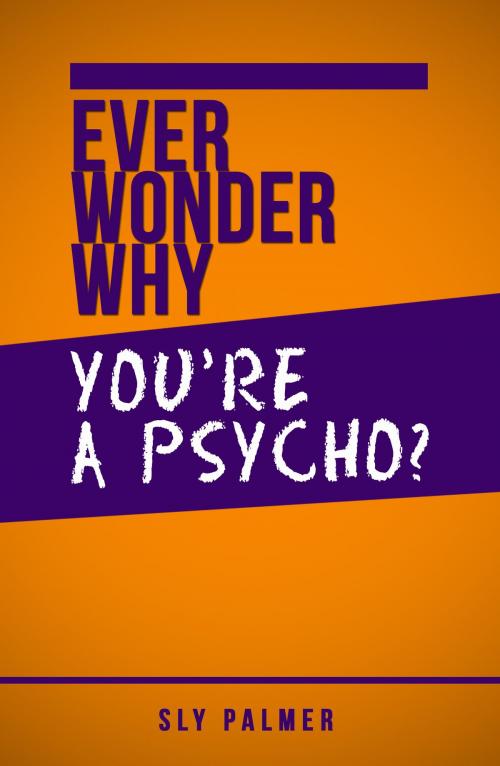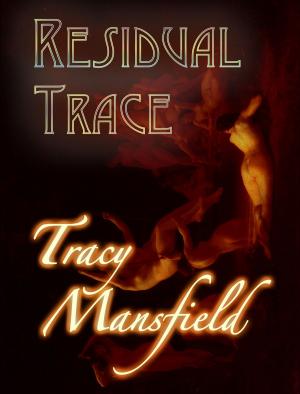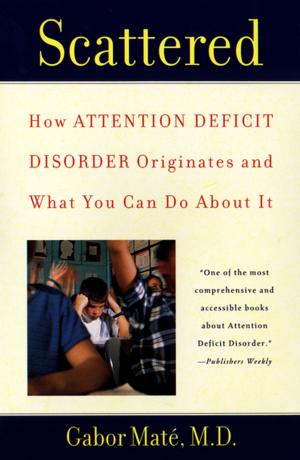| Author: | Sly Palmer | ISBN: | 9781310673849 |
| Publisher: | Sly Palmer | Publication: | February 8, 2016 |
| Imprint: | Smashwords Edition | Language: | English |
| Author: | Sly Palmer |
| ISBN: | 9781310673849 |
| Publisher: | Sly Palmer |
| Publication: | February 8, 2016 |
| Imprint: | Smashwords Edition |
| Language: | English |
This book is part of a guide series that focuses on helping singles change their fate and those in relationships understand some of the frequent dynamics that we can improve by simply adapting our behaviours. Understanding insecurities within others and oneself can bring the necessary knowledge that makes a relationship work, or at least gives it its best shot.
Being called a psycho is the worst fear of a psycho. The term has been used loosely and is far from the description of an actual psychopath. Nevertheless, there are no redeeming attributes, no endearing intricacies, and no harmless banter when it comes to a psycho. The varying degrees of what constitutes someone like that depends greatly on the predisposition of the target. If two psychos meet, they are most likely to recognise oneself in the other person on some occasion and be lenient in their judgment. Someone perfectly sane – although I’ve come to the realisation that there is no such thing out there, so someone fairly well adjusted emotionally – could potentially get really scared when encountering a true psycho.
For the purpose of this guide, I am not referring to psychopaths by medical definition but to those individuals who have a specific way of responding to emotional pain that lacks any sort of moral control. A true psychopath has no emotions so that is not what we’re dealing with here. If you are questioning your outbursts and are wondering whether you could be one, read through the chapters carefully and see if you recognise any traits in your own behaviour. The bad news is: psychos foster unhealthy relationships that hardly ever end well, but most often end. The good news is: psychos are full of passion and haven’t found an appropriate way to channel their feelings. Immaturity and youth as well as lingering past pain can be the reason for psycho behaviour in human interaction. Once you can identify what behaviours you are exhibiting, there are only a few steps before you can understand the reasons and work on the healing. Although this might seem like the hardest truth for you, you will soon see that it will give you comfort to know that the only thing keeping you from being a well-adjusted happy person is self-control. The world will show itself from a different side.
Before we get to that part, be prepared to hear the harshness this guide holds up as a mirror to a psycho. It will challenge you to admit to yourself that you are a psycho. Just remember, that this is the first part of your healing process.
This book is part of a guide series that focuses on helping singles change their fate and those in relationships understand some of the frequent dynamics that we can improve by simply adapting our behaviours. Understanding insecurities within others and oneself can bring the necessary knowledge that makes a relationship work, or at least gives it its best shot.
Being called a psycho is the worst fear of a psycho. The term has been used loosely and is far from the description of an actual psychopath. Nevertheless, there are no redeeming attributes, no endearing intricacies, and no harmless banter when it comes to a psycho. The varying degrees of what constitutes someone like that depends greatly on the predisposition of the target. If two psychos meet, they are most likely to recognise oneself in the other person on some occasion and be lenient in their judgment. Someone perfectly sane – although I’ve come to the realisation that there is no such thing out there, so someone fairly well adjusted emotionally – could potentially get really scared when encountering a true psycho.
For the purpose of this guide, I am not referring to psychopaths by medical definition but to those individuals who have a specific way of responding to emotional pain that lacks any sort of moral control. A true psychopath has no emotions so that is not what we’re dealing with here. If you are questioning your outbursts and are wondering whether you could be one, read through the chapters carefully and see if you recognise any traits in your own behaviour. The bad news is: psychos foster unhealthy relationships that hardly ever end well, but most often end. The good news is: psychos are full of passion and haven’t found an appropriate way to channel their feelings. Immaturity and youth as well as lingering past pain can be the reason for psycho behaviour in human interaction. Once you can identify what behaviours you are exhibiting, there are only a few steps before you can understand the reasons and work on the healing. Although this might seem like the hardest truth for you, you will soon see that it will give you comfort to know that the only thing keeping you from being a well-adjusted happy person is self-control. The world will show itself from a different side.
Before we get to that part, be prepared to hear the harshness this guide holds up as a mirror to a psycho. It will challenge you to admit to yourself that you are a psycho. Just remember, that this is the first part of your healing process.















